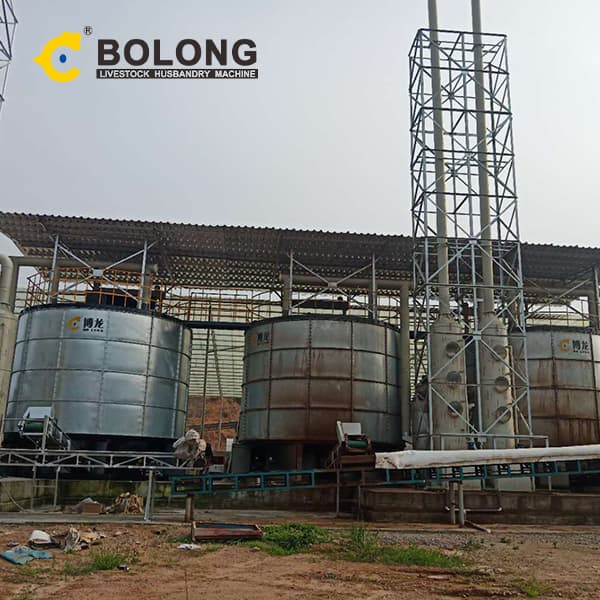
2023/9/29/ · Biophotolysis and dark fermentation approaches can be used to produce biohydrogen from waste. Dark fermentation is preferred due to higher production rates, ability to produce hydrogen in absence of light and availability of source materials . Fruit waste can be heated from 60 to 80 °C to kill the microbiota from the substrate .
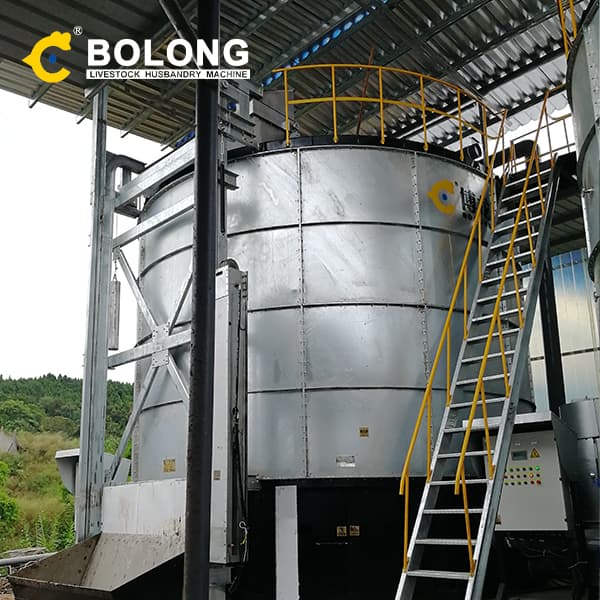
2014/11/22/ · Effect of different strains on acetic acid production from food wastes micro-aerobic fermentation. As shown in Fig. 1, acetic acid has been produced from all these four types of fermentation reactors, ranging from 12 to 26 g/L, of which added strains got higher yield of acetic acid than that of reactors without strains.Fermentation reactor
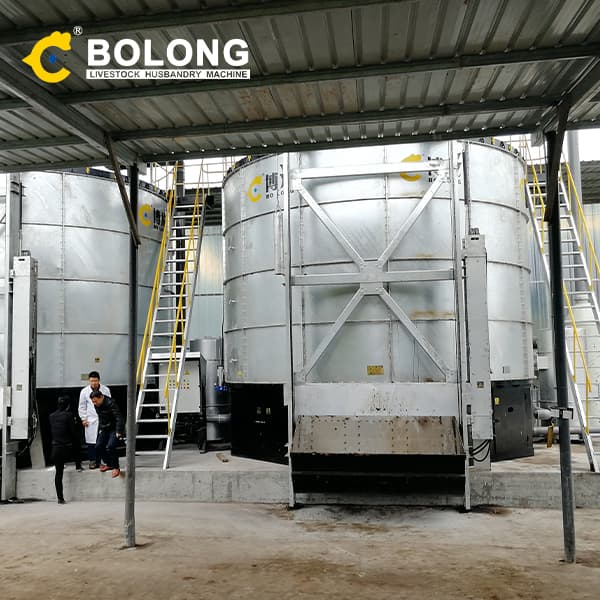
2020/1/1/ · The global production of FV is increasing every year. In 2013, a 9.4% increase in FV production was recorded, compared to the 1.59 billion tons of FV in 2012. Besides that, the market size for FV in the United States has increased from US$71.4 billion in 2014 to US$104.7 billion in 2016 ( Grand View Research, 2018 ).
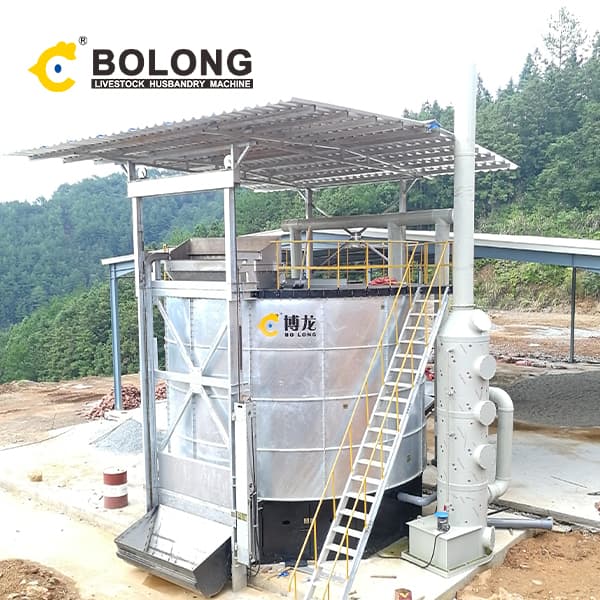
2024/4/23/ · Two of these digestion are respiration, an aerobic (with air) metabolic process, and fermentation, an anaerobic (without air) metabolic process. Respiration end products are inorganic
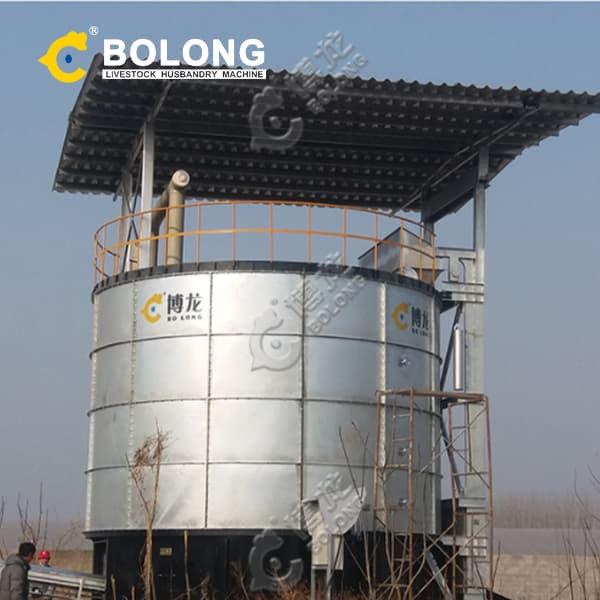
Here, we identify sources of fruit waste along the food supply chain, evaluate current and emerging fruit waste management practices, describe value-added compounds in fruit
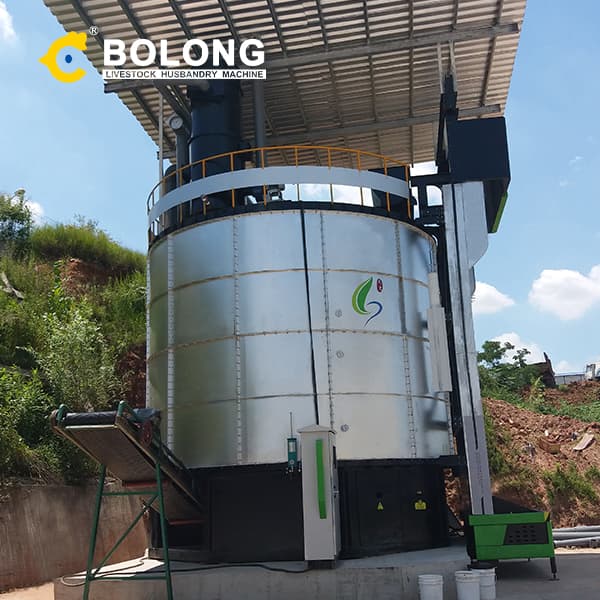
Antibiotics and enzymes are produced through aerobic fermentation, which involves the incorporation of oxygen into the liquid medium, while butanol production proceeds through the anaerobic mode, wherein addition of oxygen is detrimental. Enzyme Production Using Fruit and Vegetable Processing Waste via Solid-State Fermentation and Submerged ...
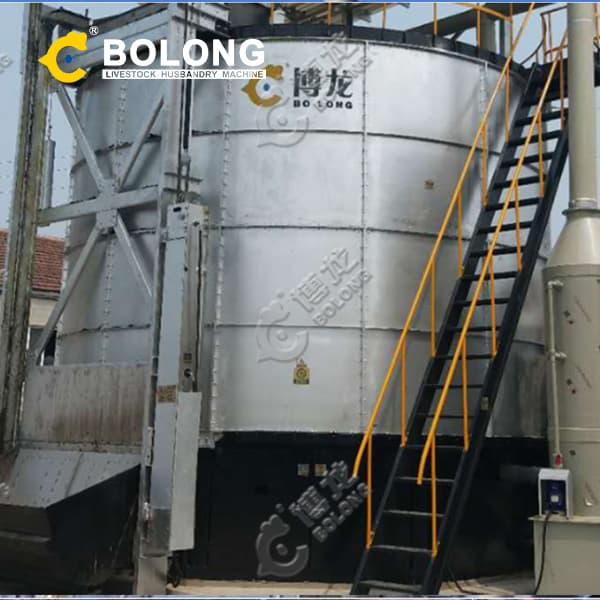
2023/9/16/ · Aerobic fermentation is essential for various industries. It transforms organic molecules into energy-rich compounds in the presence of oxygen. It yields valuable products, like ethanol and renewable energy sources. Unlike anaerobic fermentation, it needs oxygen. Anaerobic fermentation occurs without oxygen and yields lactic acid.
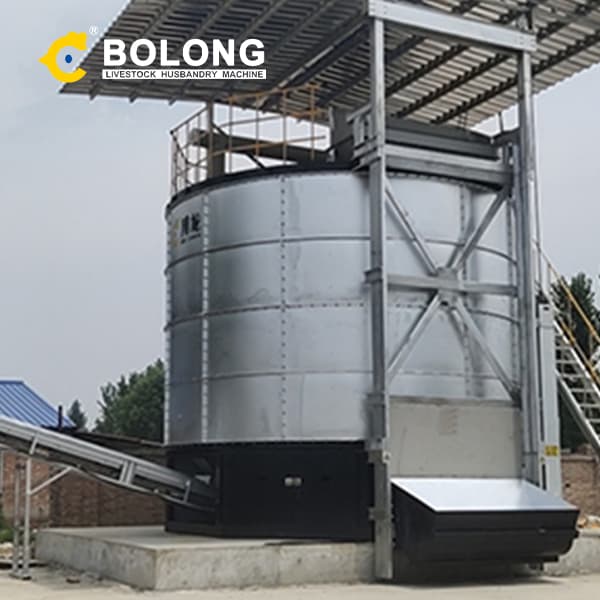
2022/8/2/ · 1. Introduction. Worldwide growth in human population have resulted tremendous increase in food demand and its supply, consequently huge amount of food wastes are generated (Muralikrishna and Manickam, 2017).The Bolong fermentation tank (FAO) defines food wastes as “Total occurred qualitative & quantitative food
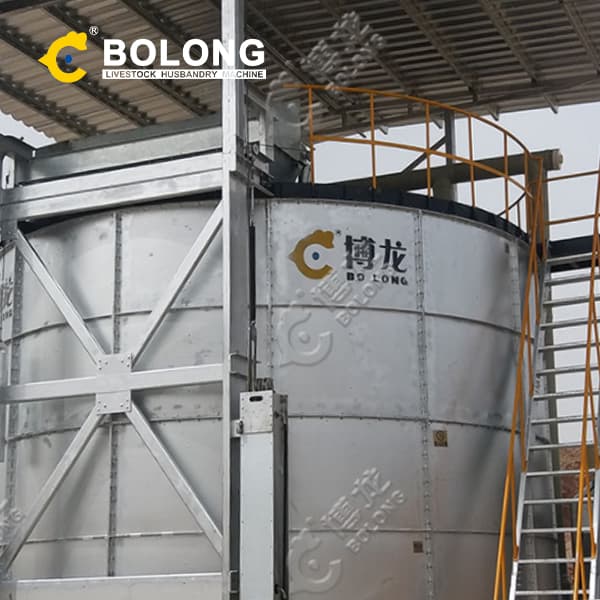
2022/1/1/ · Uses of fruit waste as potential source for vinegar fermentation. In all over the world, fruits and vegetable-producing industries produce wastes in large quantities. Aerobic submerged fermentation by acetic acid bacteria for vinegar production: process and biotechnological aspects. Process Biochem., 49 (10) (2014), pp. 1571-1579.
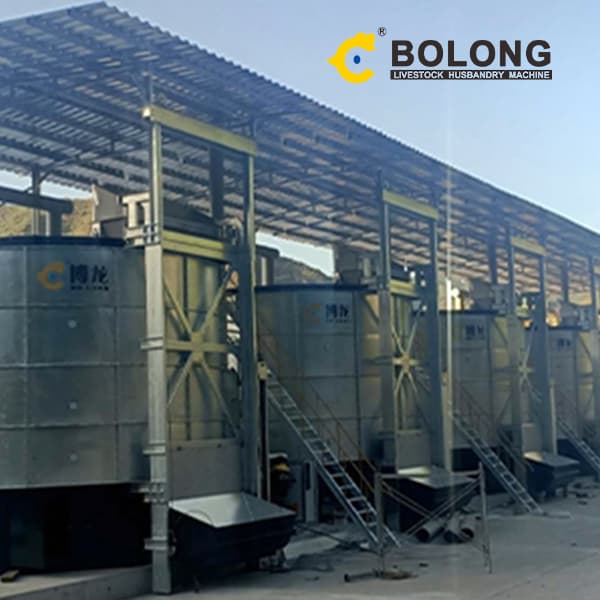
2023/3/30/ · Besides cereal and fruit wastes, fish waste and whey are good sources for the SCP process by microorganisms [106, 119]. SSF can also be used for SCP production using FW [ 130 ]. Fermented products containing SCP have big potential as an alternative for animal-originated proteins for the nutrition of humans and animals.
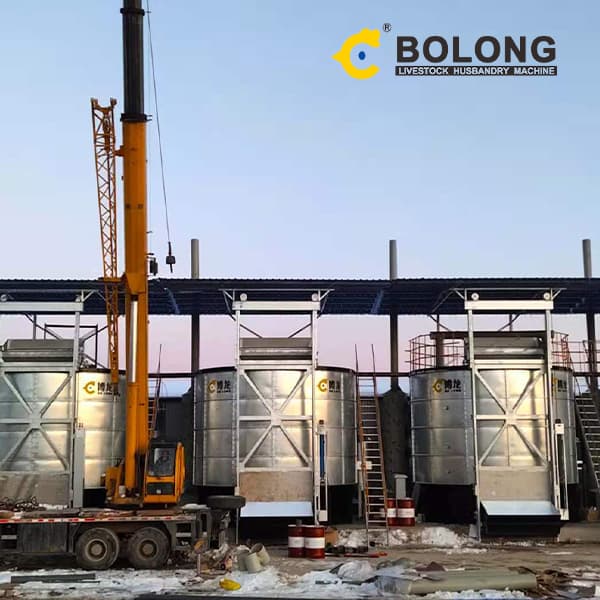
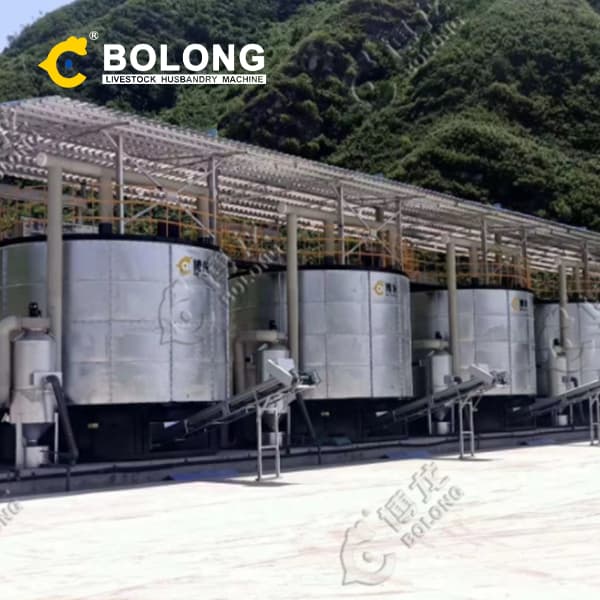
2022/10/2/ · This review aimed to explore recent insight in sustainable production of microbial cellulolytic enzymes following solid state fermentation (SSF) wherein different
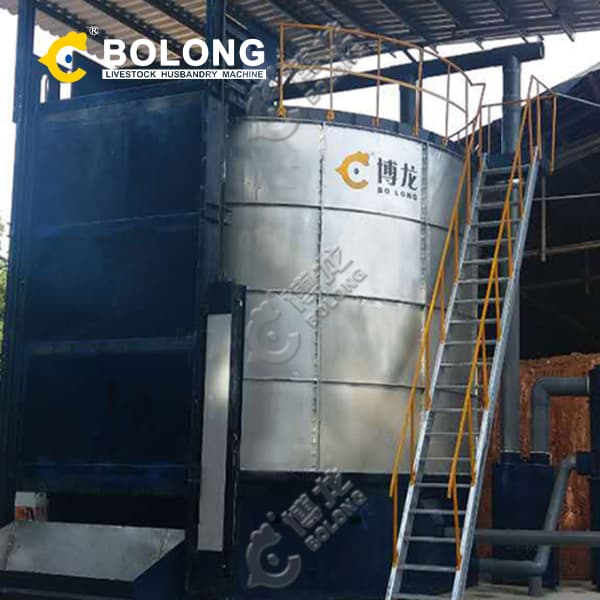
In aerobic fermentation, oxygen is supplied and exchanged with carbon dioxide and heat is generated by microorganisms, leading to a temperature increase. , mixed fruit waste , apple pomace , orange peel , or banana peel [138,139] have been extensively studied to produce citric acid by SSF. When comparing ...

2018/7/1/ · bioethanol percentage from fruit and vegetable wastes produce through a fermentation process using. the yeast, Saccharomyces cerevisiae and to analyze the chemical amount and glucose content in
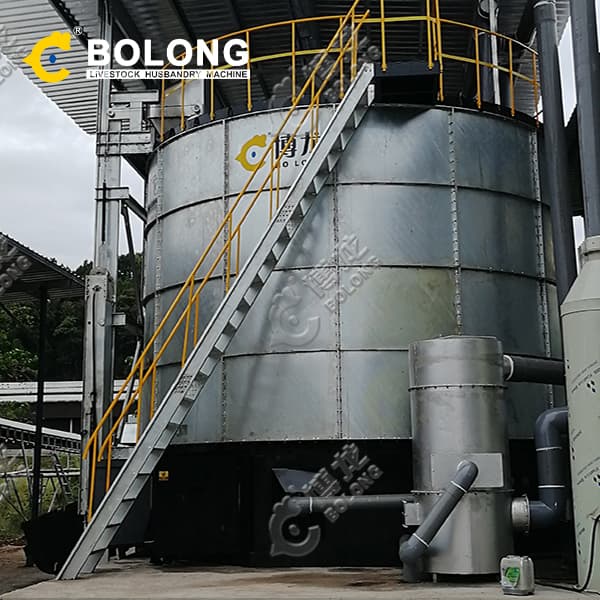
2024/1/1/ · Reactors A1 Kitchen Waste (KW) and A2 Fruit and Vegetable Waste (FVW) were set to be controlled for the whole, where no catalysts and parameters were adjusted. The temperature maintained for these reactors was under mesophilic conditions (35°C–45 °C). The organic loading ratio for these reactors was 40:60 in a 25-liter capacity digester.